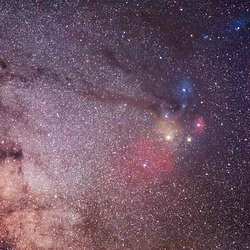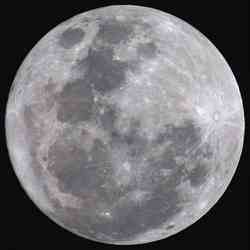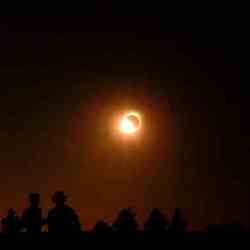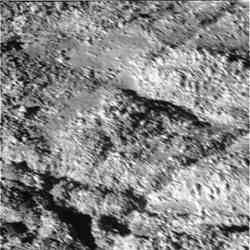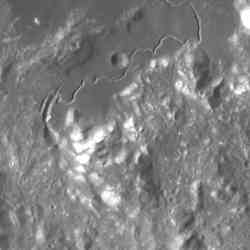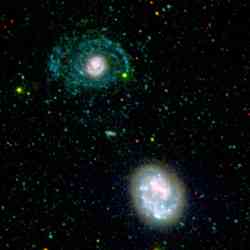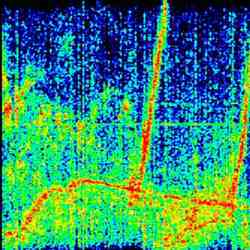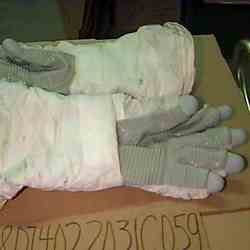
An astronaut’s pair of gloves. Image credit: NASA. Click to enlarge
NASA, in collaboration with the Volanz Aerospace Inc./Spaceflight America (Volanz), today announced a new Centennial Challenges prize competition.
The Astronaut Glove Challenge award will go to the team that can design and manufacture the best performing glove within competition parameters. The $250,000 purse will be awarded at a competition scheduled for November 2006, when competing teams test their glove designs against each other.
For the Challenge, teams must develop the bladder-restraint portion of an astronaut glove that is strong, easy on the hands, and gives the operator a high degree of dexterity.
“Reducing space suit glove fatigue is a critical technological goal that, if successful, would have an important impact on astronaut performance and mission planning,” said NASA’s acting Associate Administrator for the Exploration Systems Mission Directorate, Douglas Cooke.
Each team will provide two gloves for three key tests. First, the forces required to move the fingers and thumb on each glove will be measured. Gloves requiring the least force will be awarded more points. Second, each team will perform standardized dexterity tasks in a depressurized glove box. Teams completing the most tasks within a specified time will win the most points. Third, one glove from each team will be subjected to a burst test. Glove designs that withstand greater internal pressures will be awarded more points.
The team with the glove design that wins the most points, while exceeding the performance of existing astronaut glove technologies will win the contest.
NASA’s Centennial Challenges promotes technical innovation through a novel program of prize competitions. It is designed to tap the nation’s ingenuity to make revolutionary advances to support the Vision for Space Exploration and NASA goals.
“With this competition, we are continuing to develop Centennial Challenges’ base of smaller, targeted technology prizes and laying the ground work for our larger competitions,” said NASA’s Centennial Challenges program manager Brant Sponberg.
The Astronaut Glove Challenge will be administered and executed by Volanz at no cost to NASA. Volanz will officially kick-off the challenge at a conference in November in Houston.
“New technologies and innovations will have to be developed quickly to improve the wearability and dexterity of astronaut gloves. This challenge will help NASA meet this key requirement in support of the Vision for Space Exploration,” said Volanz chairman and chief executive officer, Alan Hayes. “Like other Centennial Challenges’ competitions, the Astronaut Glove Challenge will encourage innovation that will greatly enhance our capabilities in this area,” he added.
The Centennial Challenges program is managed by NASA’s Exploration Systems Mission Directorate. Volanz is a non-profit Maryland corporation formed in 1998 to provide space science educational and research programs for researchers, educators, and students.
For more information about Centennial Challenges on the Internet, visit:
http://centennialchallenges.nasa.gov
For more information about NASA and agency programs on the Internet, visit:
http://www.nasa.gov/home/index.html
For information about Volanz Aerospace Inc. on the Internet, visit:
www.spaceflightamerica.org
Original Source: NASA News Release

